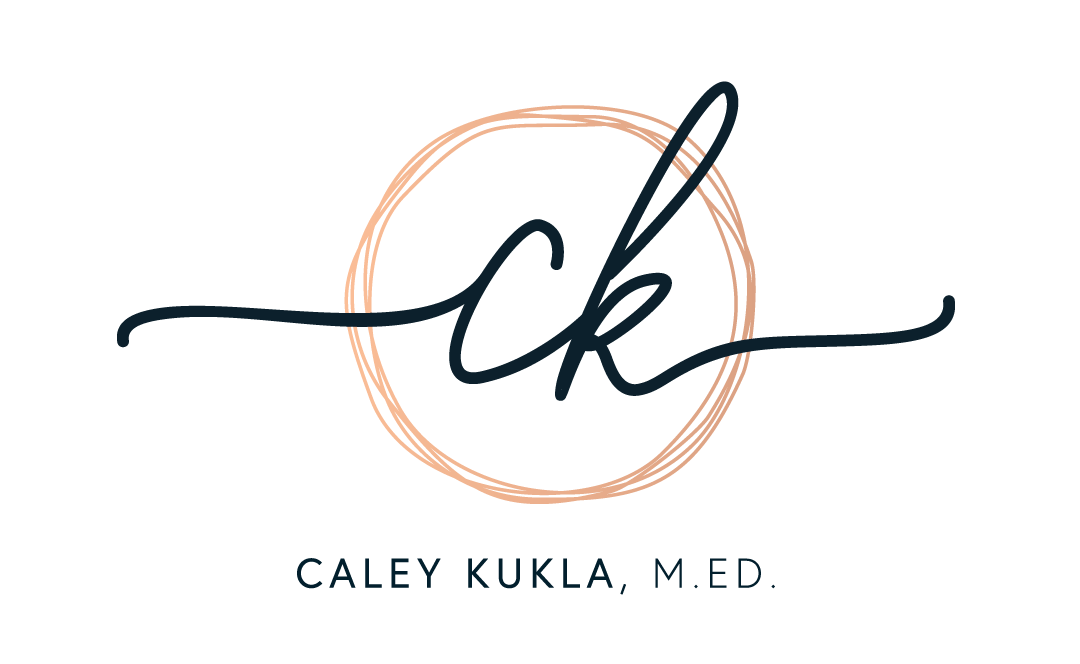Learning Centers at Home
In the early childhood education world, learning centers are a big deal. Most pre-school classrooms are set-up in the learning center style, including: blocks, house-keeping/dramatic play, sensory, math/science, writing, art, literacy, etc. Center set-ups keep materials organized, children focused, and learning objectives obvious and clear. While children are in these centers, they are encouraged to learn important academic and social skills through their natural inclination to play.
The beautiful thing about learning centers is: they can be recreated at home. Hopefully, we’ll scale them down since only a few kids will be playing in your house at once, instead of 12-15! In our house we have an arts and crafts section, dramatic play, literacy/comfy corner, manipulatives (animal figurines), science/sensory, puzzles, construction/trains. It sounds like a lot, but it’s typically 1-2 plastic drawers or 1-2 shelves per “center”.
I watch my son move from station to station experimenting, imagining, coloring, creating, and assembling. Even though we’re still working on putting a toy away before we get another one out, his toys stay relatively organized and he tends to regularly fall deep into a play schema. These extended and focused play sessions are when magical learning takes place. Children build confidence, explore imaginary worlds, use more sophisticated language, etc. The developmental benefits are endless!
So, mamas, in the spirit of keeping it real, how do we create learning centers without turning our homes into pre-schools? I’m pretty adamant about creating a kid-friendly environment without looking like a toy store. Our house has built-in shelves so I use see-through plastic boxes that can be stacked and easily moved. E can see his toys, choose a box, pull it out, and open it independently. I also love using plastic drawers to keep art supplies, puzzle pieces, construction toys, and sensory sets organized and separated. The plastic drawers can be pulled out, laid on the floor, and easily put back when children are done.
If you’re into labeling, label it up (it’s on my to-do list). Try and group toys into categories and place into a box, drawer, or shelf. Think of what your children will need when interacting within the “center”. For example, in the art/creative/fine motor/writing center, offer a variety of writing utensils such as: crayons (different thickness, shapes, etc), markers, pencils, stamps. They will also need paper, coloring books, a hard surface (that is safe for stray marks). Other ideas could include: stickers, pipe cleaners, beads (choking hazard!), string, ribbon, folders, scissors (child safe!), glue stick (age sensitive), tissue paper, water colors, brushes, cups, etc.
Here are some other ideas for centers based on different themes. The great thing is, if you use the idea of toy rotation as mentioned in a previous post, you can eventually introduce all of these ideas! Please keep in mind not all of these suggestions are appropriate for all ages and may require supervision.
ART/CREATIVE/FINE MOTOR/WRITING
Crayons: type 1, type 2, type 3, markers, Dot Markers, pencils, stamps, stamp pads, water colors, cups, paint brushes, glue sticks, glue, construction paper, white paper, tissue paper, coloring books, table or hard surface, stickers, pipe cleaners, beads, strings, ribbon, folders, scissors, a place to display work.
CONSTRUCTION PLAY:
Blocks of varying material (cardboard, wooden, foam, plastic), Legos, Mega Blocks, Duplos, Lincoln Logs, Tinker Toys, Magnitiles, K’Nex, train sets, gear sets, puzzles, etc.
DRAMATIC PLAY:
Kitchen, tool bench, costumes, grocery cart, fake food, kitchen utensils, dolls, strollers, doll accessories, masks, puppets, doll house, capes, hats, glasses, kits/materials for the following characters: doctor, scientist, construction builder, chef, super heroes, train engineer, gardener, inventor etc.
EXPERIMENTAL/SENSORY PLAY:
Sensory table, salt dough/Play-Do, flubber, magnets, musical instruments, sensory table fillers such as: pom-poms, feathers, rice, beans, fake grass, leaves, paper strips, water, sand, bubbles, hay, bird seed, sticks, pebbles, etc.
LITERACY
Books, letters, writing utensils, books including: different genres, levels, cultures, messages, books about “self” (photo books), writing books, alphabet manipulatives, etc.
MANIPULATIVES/SCIENCE/MATH
Small figurines (themed or generic), animals, Little People, peg boards, puzzles, shapes, ball games, stacking toys, Tangrams, number games, games, magnifying glasses, nets, different containers/way to sort toys, etc.
These are just some examples of centers and materials. Allow your children’s interests and personalities to guide how you organize and set-up the centers. Toy rotation will allow you to “theme” centers. For example, one month the manipulative center may have a lot of puzzles, but next month you could introduce tweezers and plastic bugs. I think you will be amazed by how your children’s play becomes more focused and extended. Plus, it helps keep everything organized for your sanity! Love win-wins!
